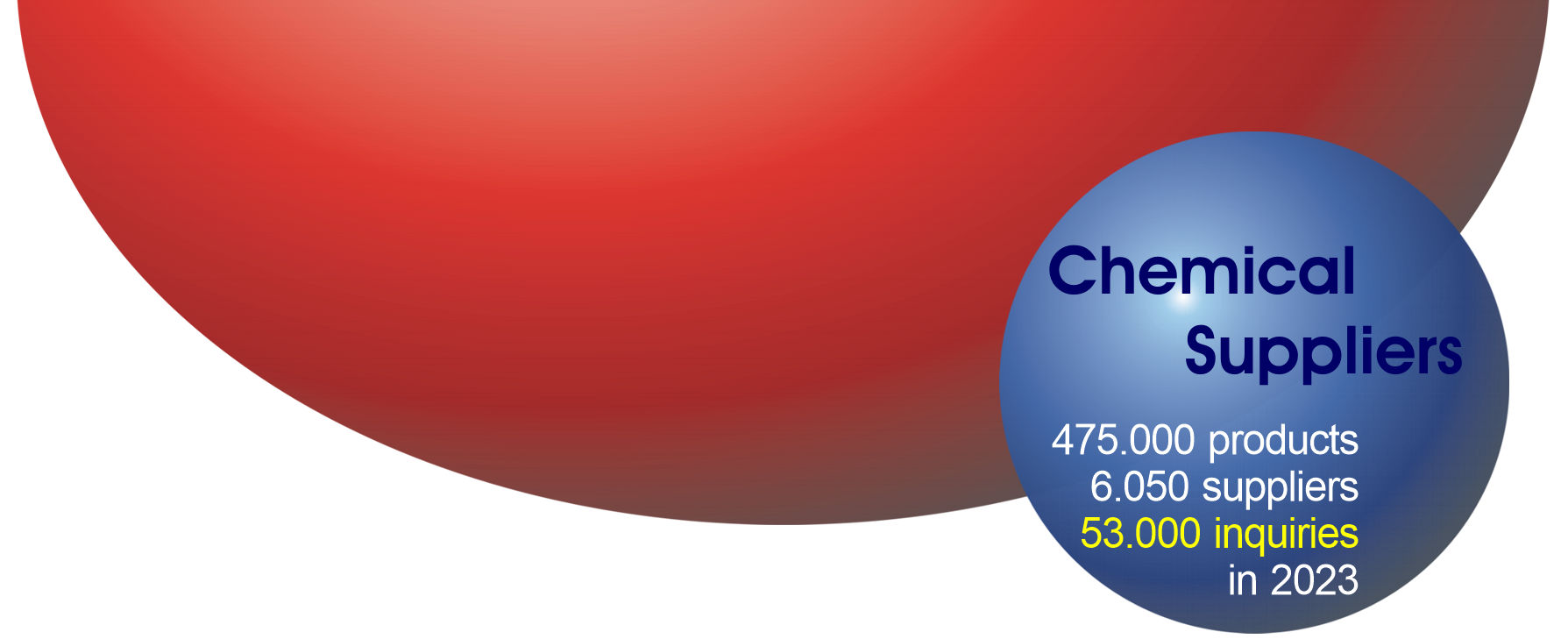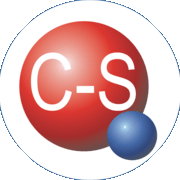Description
H-L-Lys(Pryoc)-OH or H-L-Lys(EO-N3)-OH (HAA2080) are non-canonical amino acids suitable for click chemistry. They can be introduced site-specifically into recombinant proteins by the Pyrrolysyl-tRNA Synthetase/tRNA(CUA) Pair. Pyrrolysine (Pyl; HAA2830) is considered the 22nd proteinogenic amino acid. It is a naturally occurring, genetically coded amino acid used by some methanogenic archaea and one known bacterium in enzymes that are part of their methane-producing metabolism. It is similar to lysine, but with an added pyrroline ring linked to the end of the lysine side chain. It forms part of an unusual genetic code in these organisms. References: Genetic Encoding and Labeling of Aliphatic Azides and Alkynes in Recombinant Proteins via a Pyrrolysyl-tRNA Synthetase/tRNACUA Pair and Click Chemistry; D. P. Nguyen, H. Lusic, H. Neumann, P. B. Kapadnis, A. Deiters and J. W. Chin; J Am Chem Soc 2009; 131: 8720-8721. doi:10.1021/ja900553w. Expanding the Genetic Code of Yeast for Incorporation of Diverse Unnatural Amino Acids via a Pyrrolysyl-tRNA Synthetase/tRNA Pair; S. M. Hancock, R. Uprety, A. Deiters and J. W. Chin; J Am Chem Soc 2010; 132: 14819-14824. doi:10.1021/ja104609m. Expanding the Genetic Code of an Animal; S. Greiss and J. W. Chin; J Am Chem Soc 2011; 133: 14196-14199. doi:10.1021/ja2054034 Click Strategies for Single-Molecule Protein Fluorescence; S. Milles, S. Tyagi, N. Banterle, C. Koehler, V. VanDelinder, T. Plass, A. P. Neal and E. A. Lemke; J Am Chem Soc 2012; 134: 5187-5195. doi:10.1021/ja210587q. Genetic Encoding of a Bicyclo[6.1.0]nonyne-Charged Amino Acid Enables Fast Cellular Protein Imaging by Metal-Free Ligation; A. Borrmann, S. Milles, T. Plass, J. Dommerholt, J. M. M. Verkade, M. Wießler, C. Schultz, J. C. M. van Hest, F. L. van Delft and E. A. Lemke; ChemBioChem 2012; 13: 2094-2099. doi:10.1002/cbic.201200407. Expanding the genetic code of Drosophila melanogaster; A. Bianco, F. M. Townsley, S. Greiss, K. Lang and J. W. Chin; Nat Chem Biol 2012; 8: 748-750. doi:10.1038/nchembio.1043. Pyrrolysine Encoded by UAG in Archaea: Charging of a UAG-Decoding Specialized tRNA; G. Srinivasan, C. M. James and J. A. Krzycki; Science 2002; 296: 1459-1462. doi:10.1126/science.1069588. A New UAG-Encoded Residue in the Structure of a Methanogen Methyltransferase; B. Hao, W. Gong, T. K. Ferguson, C. M. James, J. A. Krzycki and M. K. Chan; Science 2002; 296: 1462-1466. doi:10.1126/science.1069556. Direct charging of tRNACUA with pyrrolysine in vitro and in vivo; S. K. Blight, R. C. Larue, A. Mahapatra, D. G. Longstaff, E. Chang, G. Zhao, P. T. Kang, K. B. Green-Church, M. K. Chan and J. A. Krzycki; Nature 2004; 431: 333-335. doi:10.1038/nature02895. Propargyloxycarbonyl, commonly abbreviated as Poc or Pryoc, can either be used as alkyne component for standard Click conjugation or in combination with tetrazine linkers in copper-free Diels-Alder type Click reactions. It also has applications as unusual protecting group for amines, hydroxy functions and as esters. All 3 are stable to neat TFA, but can be cleaved at ambient temperature with Co2(CO)8 in TFA:DCM. Deprotection with other transition metals like palladium have also been reported. References: N-alkynyl derivatives of 5-fluorouracil: susceptibility to palladium-mediated dealkylation and toxigenicity in cancer cell culture; Jason T. Weiss, Craig Fraser, Belén Rubio-Ruiz, Samuel H. Myers, Richard Crispin, John C. Dawson, Valerie G. Brunton, E. Elizabeth Patton, Neil O. Carragher and Asier Unciti-Broceta; Frontiers in Chemistry 2014; 2(56): 1-9. doi: 10.3389/fchem.2014.00056. Bioorthogonal Catalysis: A General Method To Evaluate Metal-Catalyzed Reactions in Real Time in Living Systems Using a Cellular Luciferase Reporter System; Hsiao-Tieh Hsu, Brian M. Trantow, Robert M. Waymouth, and Paul A. Wender; Bioconjugate Chem. 2015; DOI: 10.1021/acs.bioconjchem.5b00469. Palladium-triggered deprotection chemistry for protein activation in living cells; Jie Li, Juntao Yu, Jingyi Zhao, Jie Wang, Siqi Zheng, Shixian Lin, Long Chen, Maiyun Yang, Shang Jia, Xiaoyu Zhang & Peng R. Chen; Nature Chemistry 2014; 6: 352-361. doi:10.1038/nchem.1887. Propargyloxycarbonyl and propargyl groups for novel protection of amino, hydroxy, and carboxy functions; Yoshiyuki Fukase, Koichi Fukase, Shoichi Kusumoto; Tetrahedron Letters 1999; 40(6): 1169-1170. doi:10.1016/S0040-4039(98)02555-6.




 Chemical-Suppliers.eu
Chemical-Suppliers.eu